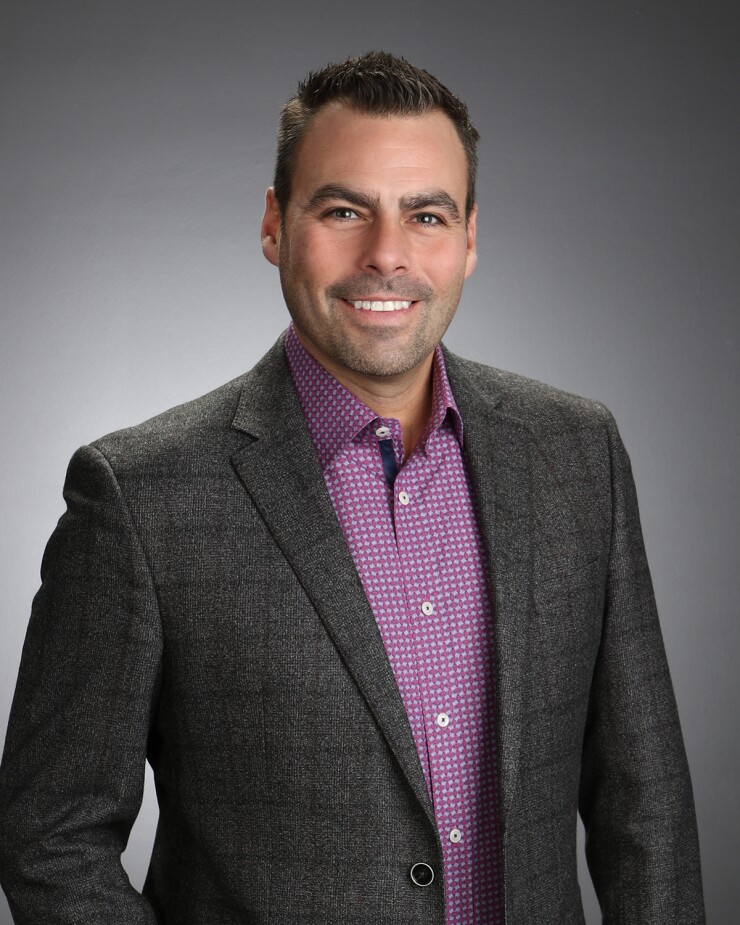In 2009, Billy Bridwell stopped marketing and soliciting employee benefits clients. Since then, business has never been better.
Bridwell’s odyssey began when the Keystone Insurers Group, a Northumberland, PA-based property and casualty agency, acquired the benefits division of Synergy Insurance Group, the firm Bridwell started. As Keystone’s employee benefits division, the unit derives 100% of its business from referrals from its parent company’s P&C clients.

Since its inception, the Keystone Insurance & Benefits Group, as it is now known, has grown from eight employees in four states to 32 employees serving approximately 300 partners in 12 states. Although they no longer have to fill a benefits sales pipeline, Bridwell and his team face other challenges arising from having clients in a dozen states across a wide range of industries.
Since the mainstay of most of the 300 partner firms it services is P&C insurance, their agents have no benefits expertise. “We’ve become an extension of their office,” says Bridwell, now a Keystone vice president. “We become part of their property and casualty relationships and round out those accounts.”
It’s an arrangement that works well for Jordan Clarke, one of the owners at Keystone partner Charles M. Moore Insurance Agency of Bowling Green, Ky. “As we’re constantly managing our P&C relationships, it just dovetailed pretty seamlessly to introduce [Bridwell’s team] as specialists on the benefits side,” Clarke says. “We’ve been able to round out a lot of our accounts with business we probably normally wouldn’t have been able to write.”
That business is also highly profitable, Clarke notes, since it’s all handled by the Keystone team and his firm doesn’t have to provide any of the staff. To date, Charles M. Moore’s top 20 clients and many smaller accounts have taken advantage of the benefits offerings.
Serving diverse markets
While many boutique firms do business in perhaps a dozen counties within a nearby range of their headquarters, Keystone’s benefits division operates on a much larger scale. The company currently has a presence in Pennsylvania, Ohio, Indiana, Michigan, Illinois, Kentucky, Tennessee, Virginia, North Carolina, Georgia and Missouri, with plans to launch in Wisconsin June 1, Bridwell says.
“Everything that we do has to be scalable to multiple states, multiple markets, multiple insurance companies,” he explains.
To manage the expanse, Keystone has vice presidents who represent different geographical regions of the country and become experts in those areas. There are also account managers and service teams designated for each region who are expected to be knowledgeable about the local markets, state laws and insurance regulations.
Wide range of knowledge
If the geographies Bridwell’s team serves are diverse, so are the clients who run the gamut of industries and sectors.
“We have to be able to talk small group, large group, medical, nonmedical, self-funding, captives, preferences, pricing. We have to be expert at all those different disciplines in each of our markets,” Bridwell says. “We can't tell a partner, ‘I'm not gonna write that [business] because it's not in my target market.’"
Joni De Souza, Keystone’s director of account management on the benefits side, appreciates the opportunity to work with such a wide range of clients. “We get a little bit of everything and you get to learn more,” says De Souza, “who has been in the business for 30 years. “You never stay stagnant; that’s a great thing. It continues to make us grow.”
To keep growing, over the next year, Bridwell plans to train his team to take a page out of the P&C playbook and approach benefits from a risk-management standpoint.
“Managing the root cause, the claim, or how the employee accesses medical care is going to impact the cost that the employer incurs. So that's really what we're focused on right now,” he says.
Bridwell is spearheading the training and tapping into a variety of resources, including agency consulting firm Q4intelligence, direct primary care organizations and other industry thought leaders.
“We're sitting in the room because our partner has the client’s property casualty business,” he says. “So, they've been having risk management conversations with them from a general liability, workers’ comp and property casualty perspective. Then when we come in and say the words ‘risk management,’ they look at us and go, ‘Wait a second. I thought we were talking benefits here?’ We are,” he laughs. “It starts to change the conversation.”





